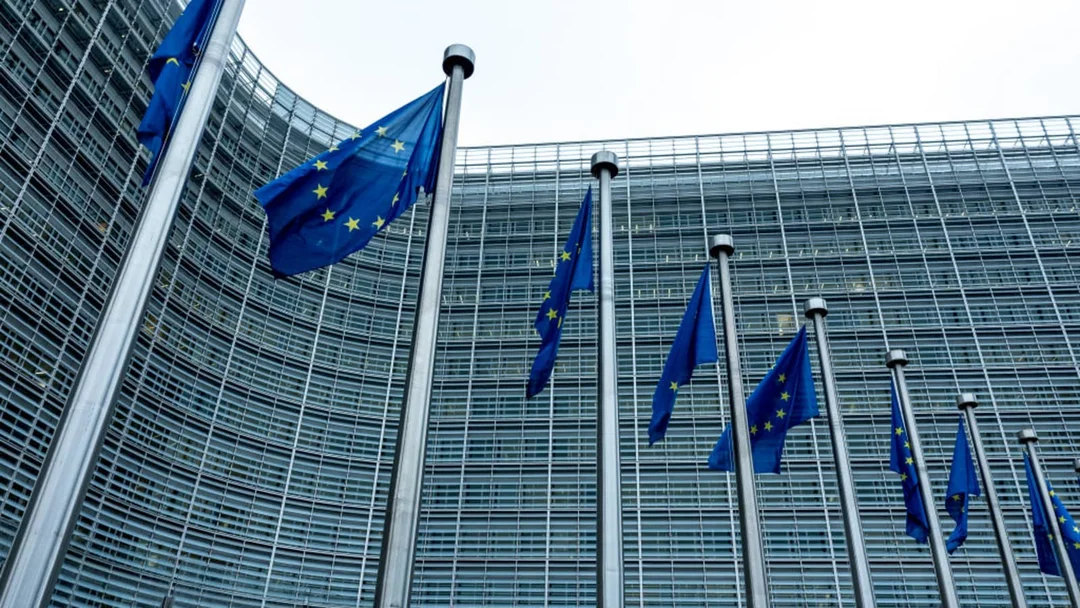
Europe Strikes Back: EU Unleashes Multi-Billion Tariff Barrage in Escalating Trade War With the US
In a decisive retaliatory move, the European Union has approved wide-ranging tariffs on American imports worth more than €20 billion, igniting the latest chapter in the escalating transatlantic trade war. This clash, triggered by the Trump administration’s imposition of steep duties on European steel and aluminum, underscores deepening tensions with global economic consequences at stake.

The EU’s executive arm announced it would begin collecting the first round of tariffs on American goods by April 15, followed by successive waves in May and December. These duties target sectors painfully close to the heart of U.S. manufacturing and agriculture — from metals and clothing to poultry, grains, soybeans, and even iconic American products like motorcycles and jeans. Analysts view the move as both a strategic economic counterattack and a political signal to Washington.
EU officials characterize their response as measured yet firm. European Commission spokesperson Olof Gill quipped, "We don't want to have to respond, but at the risk of sounding like my three-year-old son: They started it." The sentiment lays bare frustration on the continent, but also a reluctant acknowledgment of economic reality. "The EU considers US tariffs unjustified and damaging, causing economic harm to both sides, as well as the global economy," the Commission reiterated, emphasizing its preference for a negotiated, mutually beneficial agreement that remains elusive.
While President Trump recently reduced some tariffs to a minimum of 10% and paused others for 90 days, Brussels isn’t betting on immediate reconciliation. Instead, its countermeasures are designed to apply pressure without closing doors. "These countermeasures can be suspended at any time, should the US agree to a fair and balanced negotiated outcome," reads the EU statement, echoing European Commission President Ursula von der Leyen who insisted that it’s still "not too late to address concerns through negotiations."
The economic stakes are staggering. According to Maros Sefcovic, the EU’s trade and economic security commissioner, the U.S. tariffs impact roughly €380 billion ($420 billion) of European exports, about 70% of total trade flows between the two giants. That equates to more than €80 billion in duties — eleven times the previous levels. Such extraordinary sums have rattled global markets, prompting countries like China to enact even sharper responses: Beijing has raised tariffs on U.S. goods from 34% to 84%, while also negotiating mechanisms with Brussels to prevent diverted cheap Chinese exports from flooding European shores.
Strategically, the EU’s tariff list was crafted to minimize domestic pain by targeting products European consumers can easily replace, while hitting sensitive U.S. export strongholds, particularly those favoring Trump politically. Proposals to penalize American spirits like whiskey were softened due to internal disagreements over possible U.S retaliation on European wine, underscoring delicate alliance politics within the bloc itself.
Longer-term, the EU is weighing even more potent options, including the Anti-Coercion Instrument (ACI), a recently created tool that could target sectors from U.S. tech giants’ streaming revenues to banking operations or patents. But for now, diplomats say such “nuclear options” remain on ice as Brussels balances its response, keen to avoid all-out economic war while signaling clear resolve.
As retaliatory duties begin rolling out, the ultimate losers may be consumers and businesses on both sides, facing higher prices and disrupted supply chains. Experts warn that tariffs function as a tax on consumers, potentially fueling inflation and political discontent, especially during sensitive election cycles. For now, the transatlantic standoff continues — a high-stakes confrontation blending trade, politics, and global economic stability.
How far will this tit-for-tat escalate, and can cooler heads prevail before damage mounts irreparably? Share your thoughts and perspectives below.
Related issues news
What is a US tariff?
A tariff or duty (the words are used interchangeably) is a tax levied by governments on the value including freight and insurance of imported products. Different tariffs applied on different products by different countries.
What is the EU tariff on US cars?
The EU charges average tariffs of just 1.6 percent on U.S. non-agricultural products, on a trade-weighted basis. But it does charge a higher tariff of 10 percent on imported American cars — although the U.S. is the only G7 country that still pays it because TTIP wasn't concluded.
Did Europe have tariffs on US goods?
The EU has agreed to impose retaliatory tariffs on €21bn (£18bn) of US goods, targeting farm produce and products from Republican states, in Europe's first act of retaliation against Donald Trump's tariffs.
Does Ukraine have tariffs?
Ukraine imposes several duties and taxes on imported goods: customs/import tariffs, value-added tax (VAT), and excise duties.